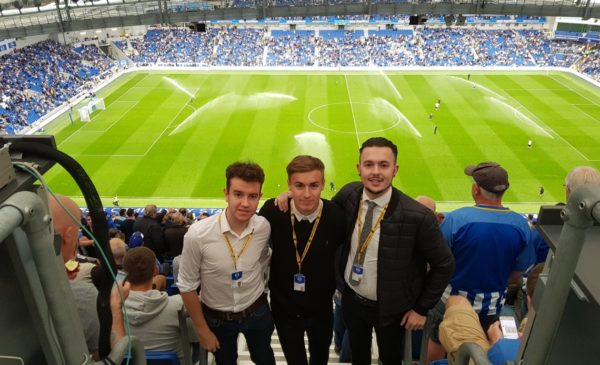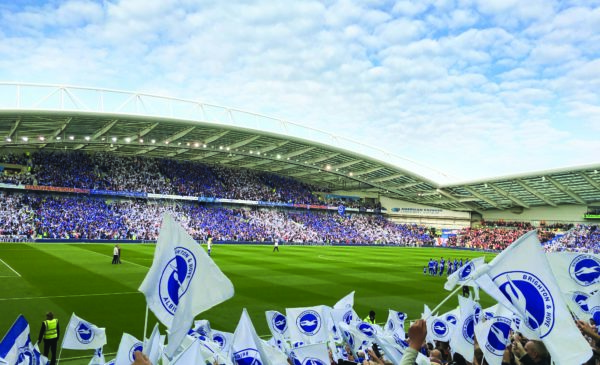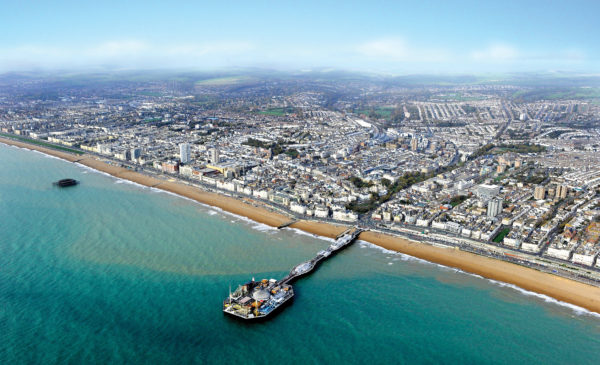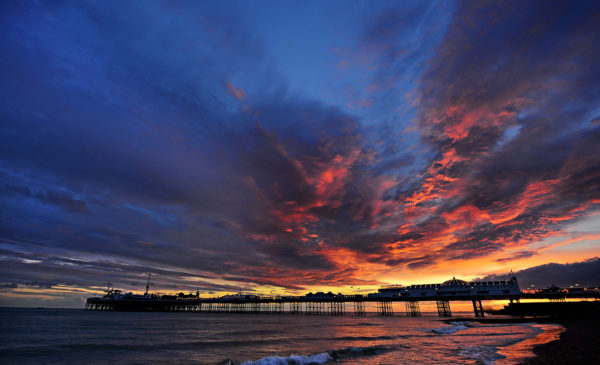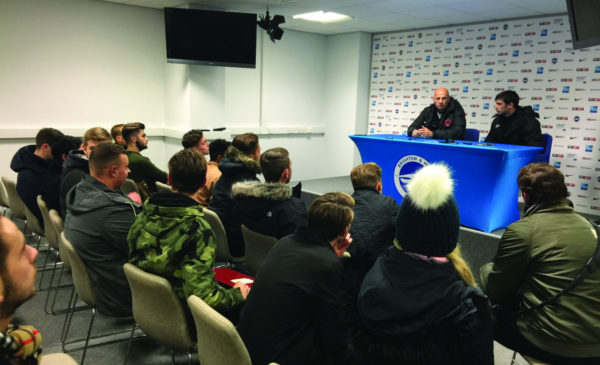Drive to Survive season two arrived on Netflix hoping to build from the acclaimed first instalment of the Formula 1 fly-on-the-wall documentary.
There is the advantage that the storyline naturally continues from the end of the 2018 series into 2019, allowing the narrative to begin at the start of the season, with no background information needed.
Series two also marks the introduction of Mercedes and Ferrari. The sport’s two powerhouses were reluctant to be involved in the documentary – produced by Formula 1 owners Liberty Media – and missed the first season.
The show follows a different storyline each episode, although some narrative is carried throughout the season and revisited multiple times. It is obvious to see the influence of Formula 1’s will to push the sport into the market and advertise its most valuable assets.
Embed from Getty ImagesDaniel Ricciardo has more screen time than any other driver. The likeable Aussie, who seemingly smiles 24 hours a day for seven days a week, has his first year at Renault highlighted in extreme depth.
Red Bull are also featured prominently, following the storyline of the Pierre Gasly-Alex Albon mid-season swap. This is interesting as you get to see the full extent of the emotional rollercoaster both drivers are put through.
The way the death of Anthoine Hubert was handled was on point with so much of the current F1 grid affected by the tragedy.
Other narratives explored include the Mercedes 150th Grand Prix celebrations at the team’s home race at Hockenheim, Germany. The weekend is ultimately one of woe for Toto Wolff’s team the team failed – for once – to take victory. Again, the show expertly depicts the anguish of team members, with unprecedented access to the motorhomes and debriefs following the race.
And who could forget the Rich Energy saga endured by Haas F1 team and their enigmatic team principal Gunther Steiner. William Storey even made an appearance to explain his side of the story. Even though the show clears the episode up, we are still left flapping for answers.
This is a crucial issue with the whole show. It is fly-on-the-wall, yet so much of the content is made up of sit-down interviews, in room surrounded by black sheeting. This poses the question, how much is real? One of the best exchanges of the whole first season was the Christian Horner and Cyril Abiteboul argument outside the media conference room just after the former had announced Red Bull’s switch from Renault to Honda engines for 2019.
Embed from Getty ImagesThis kind of snake-in-the-grass content is few and far between in the latest series. What we do get when we are out in the field is an interesting showing of the dynamic between the drivers, bosses and communications executives in the sport and how each prepare for a conference or interview. It goes to show how formulaic answers are that we see on TV.
One way the balance is brought back into the show is using renowned Formula 1 journalist and broadcaster Will Buxton, who provides an objective standpoint at various times throughout the series. The insight provided is gold dust, especially as the sport attempts to reel in a new viewership.
The balance between hardcore Formula 1 content and the ease of access for a newcomer to the sport is generally well put together, with enough content to please the purist, the nitty-gritty of a story being put on the washing line for everyone to see.
Aspects do need to be dumbed-down, and this is – for the most part – done well. As aforementioned, Buxton plays a crucial role with this, as does the use of three commentators throughout: David Croft from Sky Sports, Jack Nicholls from BBC and Ben Edwards from Channel 4.
But this provides a bugbear. The commentary made for the show attempts to recreate the race commentary but sounds manufactured and clumsy. Why not just use the race commentary. No commentator puts effort into saying how well someone did to finish 15th. Sorry, they are already musing about the race winner who is halfway around his lap of honour.
And is it so hard to use clips from the racetrack the story is following? If the narrative has reached the Spanish Grand Prix, why is there a clip midrace from Canada, for example?
I am nit-picking though. The show is an edge of the seat rollercoaster that brilliantly captures all of the drama from the 200 miles-an-hour sport and somehow brings you closer to sportsmen who, when competing, you can’t see anything of as they are encapsulated in a cockpit with a helmet on top.
Drive to Survive then is a must watch for all, regardless of if you are a motor racing fanatic.

